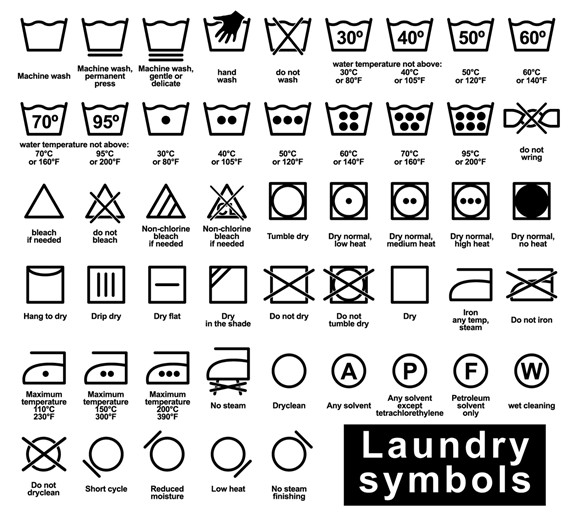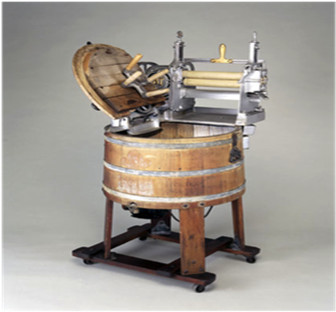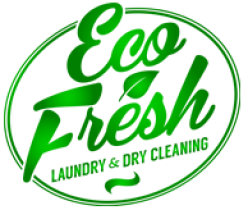Clean Is Our Deal!
1 – Do we offer same day service.
Same day service is available on some orders. Large orders will always need at least 24 hour turnaround.
For Pickup and deliver Same Day Service is available for $15 extra per order.
2 – How do I pay for my laundry.
Customers can pay with cash at Pick-up and delivery or call the store to pay with credit card
3 – Do we need to separate our laundry?
You do not need to separate your laundry if you are having a standard wash n fold. If specific clothes need certain instructions then please separate in individual bags and label.
4 – Can I request my pickup online?
Absolutely! We encourage our customers to use our online pickup request.
5 – What if I do not have internet access?
You can always call the store to schedule your pickup 905-306-1280 and 289-521-COIN (2646)
6 – Can I use my own soap?
Yes you can, please give it to the driver and we can store it at the business so we can use it for future use.
7 – What do I do if I have a question about my order?
Please call or email us at info@ecofreshlaundry.com and someone will get back to you right away.
8 – How do we compare to the competition?
Eco Fresh Laundry uses the highest rated products on all our orders. Our standard of folding and sorting is the best in the market that is why we have so many satisfied customers.
9 – What happens if I overload a washing machine?
Overloading a washing machine is false economy. Your clothes will not be cleaned properly since the water and detergent cannot freely circulate through all the items. The result will be detergent residue and half-cleaned clothes.
Resources
Dye Transfer
Should dye be transferred from one garment to another, do not put the stained clothes in the dryer until the stain has been removed. Drying will ‘set’ the dye, making it much more difficult to remove. Soak the garment with a bleach-based product or Oxy-Clean to remove unwanted dye transfer.
Website Link for more tips
Laundry Symbols
Laundry symbols

History of Laundry
In olden days Laundry was most often done on river banks, even if the rivers were frozen. Special tools were used for this purpose – washing bats and scrubbing boards. They were used to agitate the clothing in running water to force the dirt out and to smooth the fabric during drying. No ironing was done at that time. After thorough wash the garments were laid out flat on the ground to allow the sun do the bleaching and drying. Clearly such an exercise was not a weekly routine and was only done once in a while, whenever a large enough amount of dirty clothes accumulated.
Soap, mainly soft soap made from ash lye and animal fat, was used by washer woman who were paid for their work. Soap was rarely used by the poorest people in medieval times but by the 18th century soap was fairly widespread: sometimes kept for finer clothing and for tackling stains, not used for the whole wash. Starch and bluing were also available for better quality linen and clothing.
The First Washing Machines

Hand (or feet) laundry washing reigned for centuries until the first washing machine was designed by H. Sidgier of Great Britain in 1782. It consisted of a cage with wooden rods and a handle for turning
From this design in the late 1800’s different companies started producing hand operated machines that used paddles or dollies. Then came the revolving drum from James King in 1851. This was shortly followed by a revolving drum with reversing action, from Hamilton Smith in 1858.
The earliest manual washing machines imitated the motion of the human hand on the washboard, by using a lever to move one curved surface over another and rubbing clothes between two ribbed surfaces. This type of washer was first patented in the United States in 1846 and survived as late as 1927 in the Montgomery Ward catalogue. The first electric clothes washers, in which a motor rotated the tub, were introduced into America about 1900. By 1911, it was possible to buy oscillating, cylinder, domestic washing machines with sheet metal tubs mounted on angle-iron frames with perforated metal or wooden slat cylinders inside.
Beatty Brothers of Fergus, Ontario was the first company to produce an agitator washing machine. In the US, the first firm to adopt agitator technology was Maytag. The vertical orientation of these machines became the industry standard replacing the horizontal rotating axis of earlier machines.
In the early 1920s, a number of Canadian machines were offered with built-in gas or electric water heaters.By the early 1950s, many American manufacturers were supplying machines with a spin-dry feature to replace the wringer which removed buttons, and caused accidents involving hair and hands. In 1957, GE introduced a washing machine equipped with 5 push buttons to control wash temperature, rinse temperature, agitation speed and spin speed.
Not bad progress for a household chore, don’t you think?
Source: Ontario Home Economics Association http://www.ohea.on.ca/
